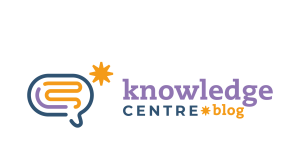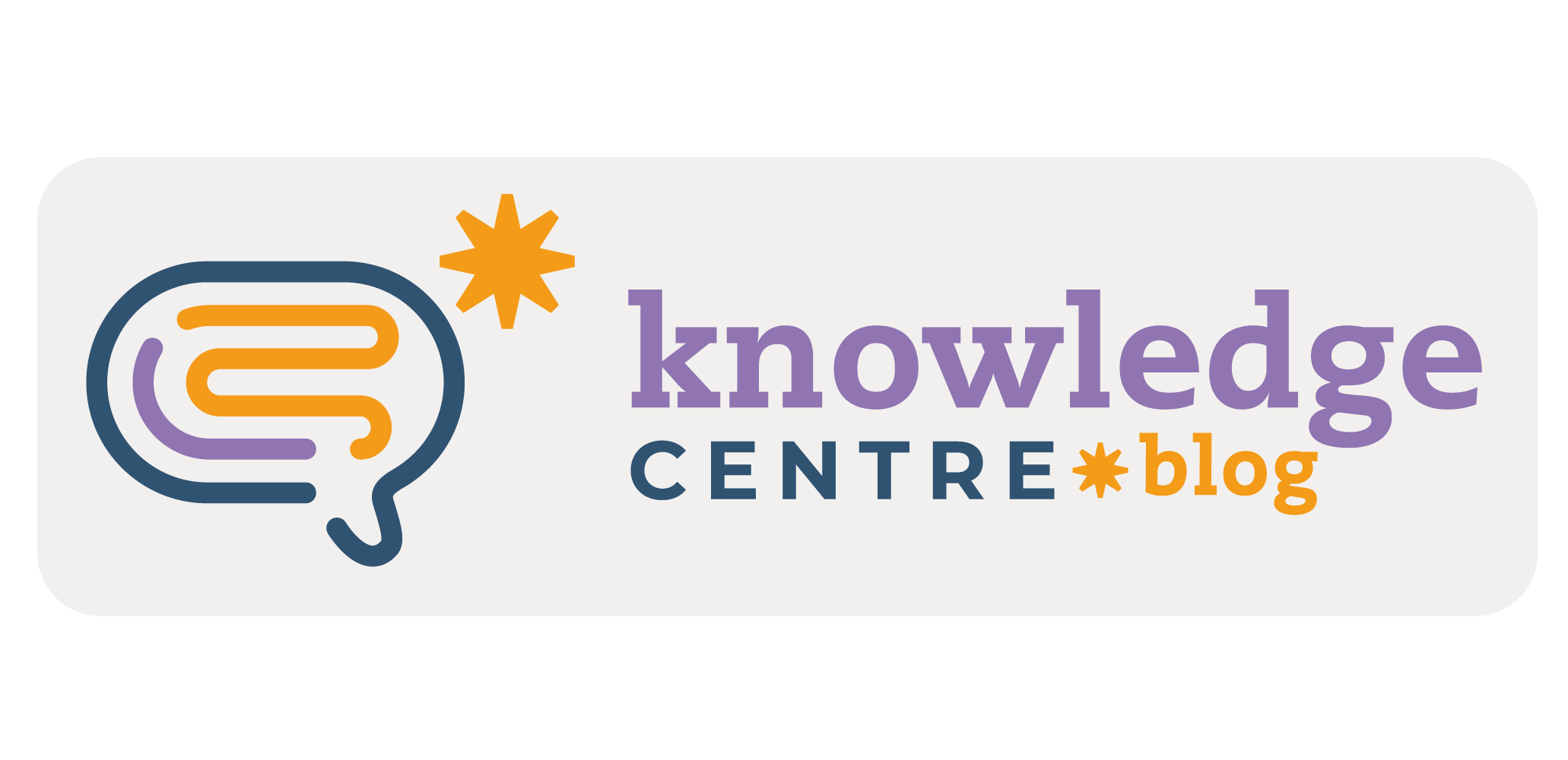The acronym CLIL (Content and Language Integrated Learning) was coined by David Marsh in 1994 (Mehisto et al, 2010). As its name suggests, it refers to the teaching of language and the teaching of content (curricular subjects such as Science or Math) occurring integratedly, in the same lesson or course of lessons. As a dual-focus approach (Ball, 2015), it allows for a range of techniques to be used, so there is not a fixed framework for an effective CLIL lesson, which might pose huge challenges to teachers in general. Thus, check below 6 more practical tips which might definitely help you when planning your lessons. The first ones can be found in our previous blog post.
7. Scaffolding: Graphic Organizers
Graphic Organizers are excellent for helping students systematize both content and language learned during lessons. They are visual, easy to design and adaptable to a range of different kinds of input.
8. Cater for Different Learning Preferences
Both input and assessment should be varied in a CLIL based lesson in order to cater for different learning preferences you might have in your classroom. Students should be able to express their comprehension of a given topic in a way that best suits them. Also, different kinds of input must be included in your lesson, such as texts, images, videos, drawings, and so on.
9. Invest in Group Work and Pair Work
A CLIL based lesson does not have speaking practice moments as language skills are dealt with as a whole, integrated with the content of the lesson. So, group work and pair work provide students with the opportunity to speak, consequently developing that skill along the learning of content.
10. Drilling in Disguise
Although language is always taught in function of content in a CLIL based lesson, teachers should help students consolidate some common language structures and patterns, and drilling is an excellent technique for that. In order to make it more interesting, drilling can be used in a disguised way. For example, the teacher might ask students a question such as “Where does the (animal) live?” and give students the prompt “The (animal) lives in …” Students would be practicing a structure without even noticing they are being drilled.
11. Make the Most of Listening Tasks
Listening is one of the two main forms of input students have in a CLIL based lesson (the other one being reading), let alone the fact that listening is such an important skill for life. Thus, listening tasks should be used not only for content input, but also to help students develop strategies and sub-skills such as gist listening, predicting and making inferences. It’s not simply as playing an audio passage and asking questions. It is about teaching students how to listen effectively.
12. Starting and Ending your Lesson
The beginning of a lesson should aim at activating students’ schemata in terms of both the language and the content of the lesson while the very final stage of a lesson should wrap up what was covered during the lesson and provide students with meaningful and holistic feedback, not only a delayed correction moment, but also comments on students attitude and performance during the tasks proposed.
Which ones are you willing to try right now? DO you have any other tips to add to this list?
References
Ball, C. 2008. “What is CLIL?” Available at: https://www.onestopenglish.com/clil/article-what-is-clil/500453.article
Coyle, D., Hood, P. & Marsh, D. 2010 CLIL: Content and Language Integrated Learning. CUP
Mehisto, P., Frigols, M.J. & Marsh, D. 2008. Uncovering CLIL: Content and Language Integrated Learning and Multilingual Education. Macmillan ELT
By EDC








